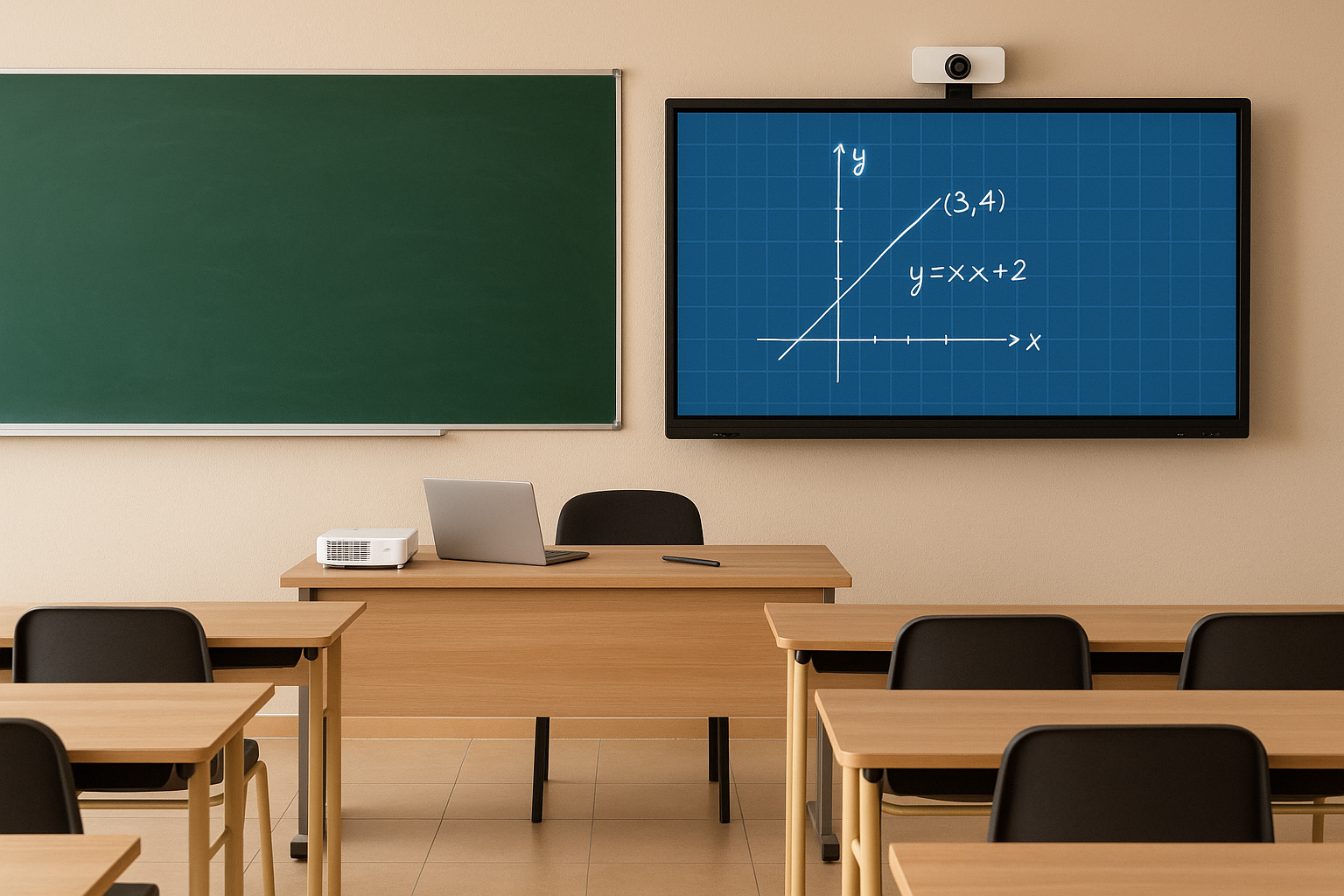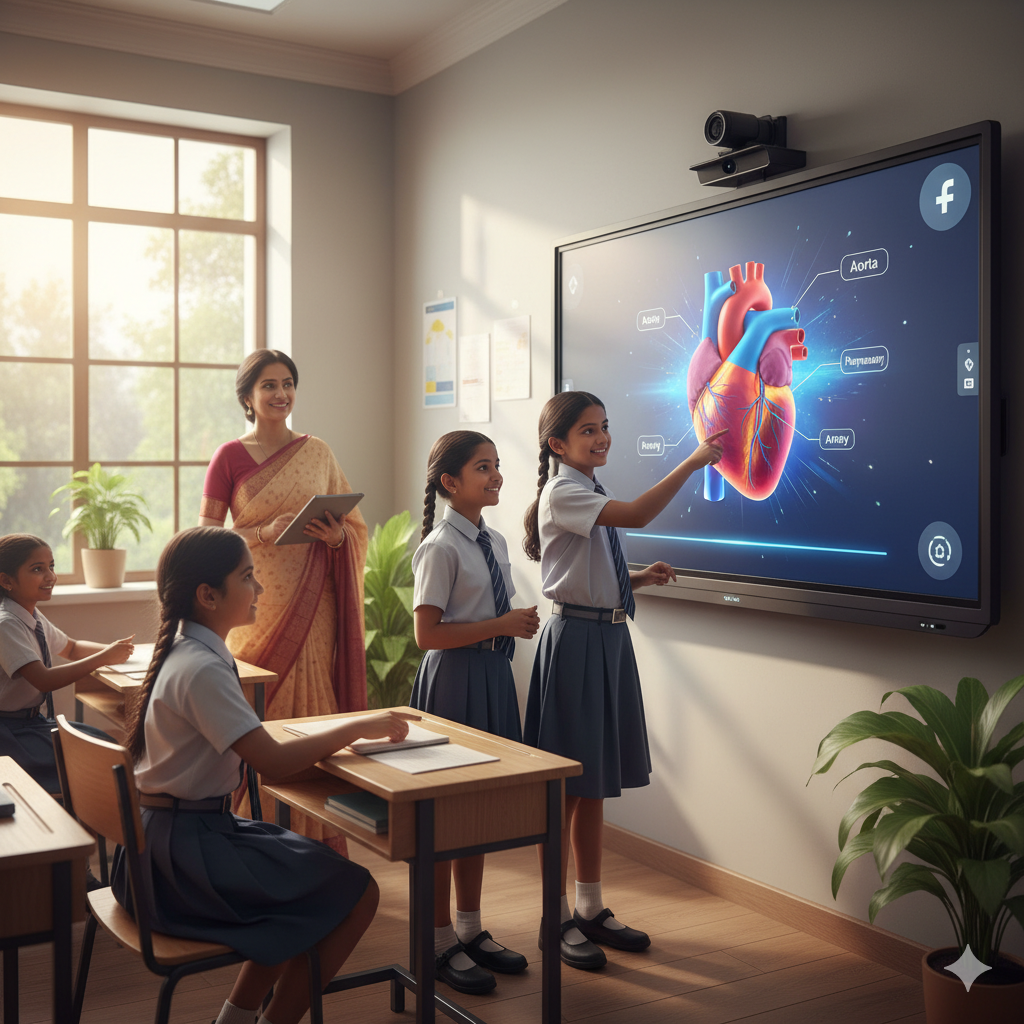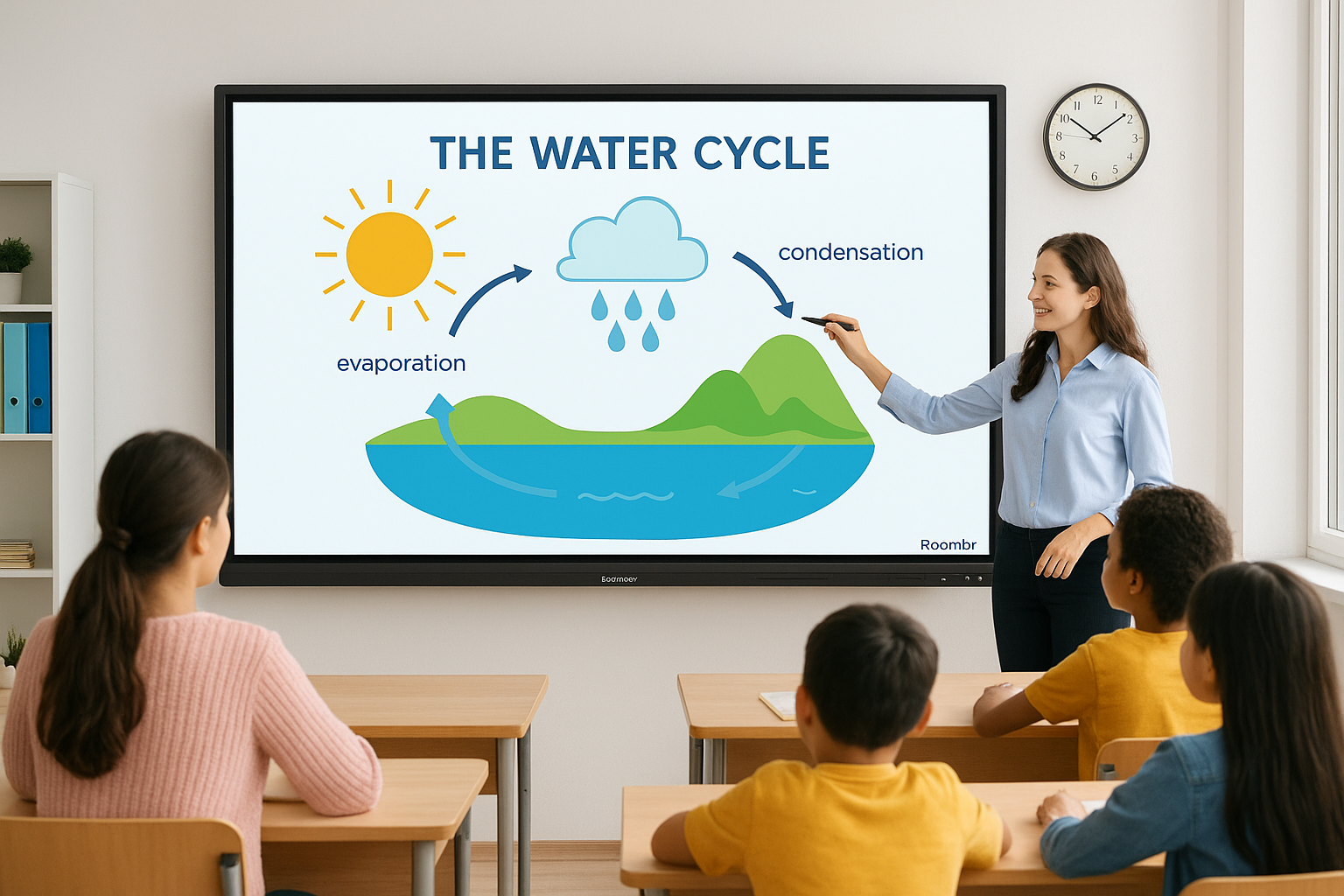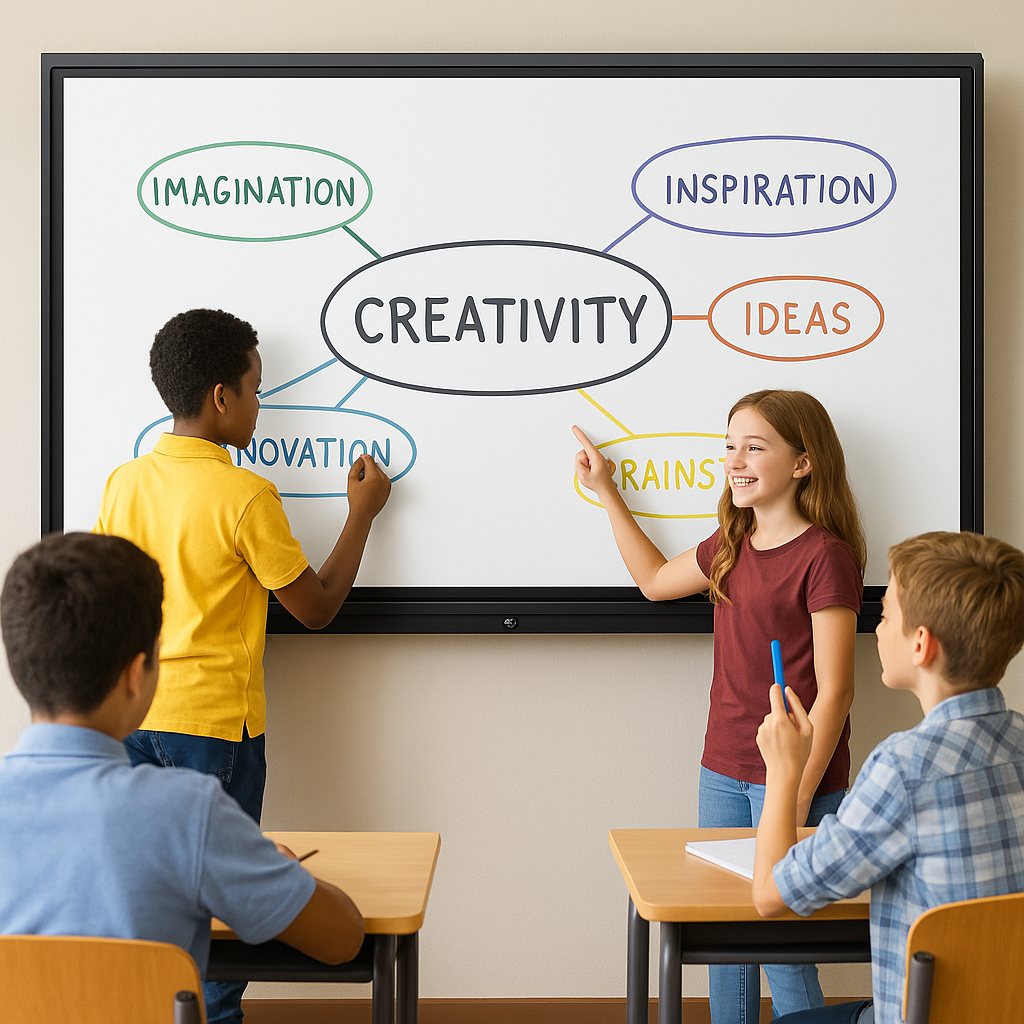Tech Fatigue in the Digital Classroom: Why It Happens and How to Fix It

Somewhere between the excitement of new classroom tech and the daily grind of teaching, something unexpected crept in: exhaustion.
You’ve probably seen it. A teacher is juggling too many devices before class. A student is zoning out during yet another screen-heavy session. Or worse, a classroom so overloaded with tools that no one knows where to begin.
Tech fatigue isn’t just a buzzword. It’s the silent tension humming in many modern digital classrooms.
But is this the fault of technology? Or is it how we’ve set things up? Let’s find out.
So What Exactly Is a Digital Classroom?
Let’s not rely on textbook definitions here. Instead, think of a digital classroom as any learning space where teaching is supported, sometimes heavily, by technology.
That could mean a single smart board with recorded lessons. It could also mean full-blown hybrid setups with dual cameras, interactive screens, cloud platforms, and more.
In theory, this is all meant to make teaching easier. In practice? It often depends on the setup.
Some classrooms thrive with digital tools. Others turn into tech jungles where educators spend more time switching inputs than engaging with students. That’s when problems start to surface.
Fatigue Isn’t Just About Screens

When people talk about digital fatigue, they usually point fingers at screen time. But for teachers and students, it’s rarely that simple.
It’s not the presence of technology that’s tiring. It’s the constant decision-making it demands, especially when tools don’t work well together.
- A teacher arrives at class and finds the webcam isn't connecting.
- The lesson needs to be recorded, but the audio is glitchy.
- Switching between devices takes longer than expected.
- Files are spread across different platforms, with no time to organize.
It adds up. And after a while, it wears people down.
Meanwhile, students face their own challenges. Small displays in large classrooms. Monotonous lessons delivered via preloaded slides. Distractions from confusing interfaces or laggy equipment.
Worse still, these issues often go unnoticed until learning outcomes start declining.
Digital Classrooms: Where They Help—and Where They Don’t
Let’s take a moment to examine the current smart class setup in many schools.
Yes, digital classrooms bring clear advantages:
- Visual aids that make lessons easier to follow
- Easier access to recorded sessions
- Better student participation through quizzes and videos
But they also introduce their own problems:
- Systems that need too many separate devices
- Tools that require IT training most teachers have never received
- Installations that eat up time and attention every single day
You may have heard of the smart classroom advantages and disadvantages already. But until you see it play out in real-time—until a teacher spends the first ten minutes of class trying to get something to work—it misses the mark.
A Quality Setup Is Everything
Here’s where schools go wrong: they assemble their digital classrooms like a patchwork.
One company for the board. Another for cameras. A different one for cloud storage. Yet another for training. That fragmented setup is often what leads to tech fatigue, not the concept of digital classrooms themselves.
What educators need is not more technology. They need fewer, better tools that do more together.
When the classroom runs on an intuitive, integrated setup, teachers don’t have to think about the tech. They teach. And that’s when the digital classroom starts living up to its promise.
Roombr’s Take: A Setup That Works With the Teacher
Roombr was built for this exact reason. In our experience working with educational institutions across India, we’ve noticed a pattern: the more complicated the tech, the less it gets used.
That’s why Roombr isn’t just a board or a camera or a recording system. It’s all of that in one device, designed to run quietly in the background so teachers can do what they do best.
With Roombr:
- One tap records the entire session
- The classroom becomes interactive for every student, not just the ones in the front row
- With two cameras, it captures instruction and board content at once.
- Everything is automatically stored, with no USB hassle
No fumbling with cables. No waiting for IT support. No opening five apps before the class starts.
Smart Class Setup: How Less Can Do More
If your school or college is considering a digital classroom upgrade, here’s a checklist that might help:
- Will this system reduce the teacher’s workload, or add to it?
- Does it require extensive setup and daily configuration?
- Is every student able to see and hear clearly, regardless of classroom size?
- Does it replace five tools—or just become the sixth one?
The right smart class setup should feel invisible. When done well, it fades into the background and lets the lesson take the spotlight.
The Takeaway
The truth is, digital classrooms aren’t the problem. How we build and manage them is.
When systems are overengineered, disconnected, or just hard to use, even the best teachers will struggle. And students will drift. That’s when burnout creeps in—quietly, slowly, but surely.
But with the right tools and a setup that’s been thoughtfully designed, it’s entirely possible to bring energy back into the room.
Less clicking. Less guessing. More teaching. More learning.
See how Roombr reduces digital fatigue by turning classroom tech into a one-touch experience. Discover Roombr’s digital classroom solution.
Foziya Abuwala
Share
Step Into the future of
Education with Roombr

















